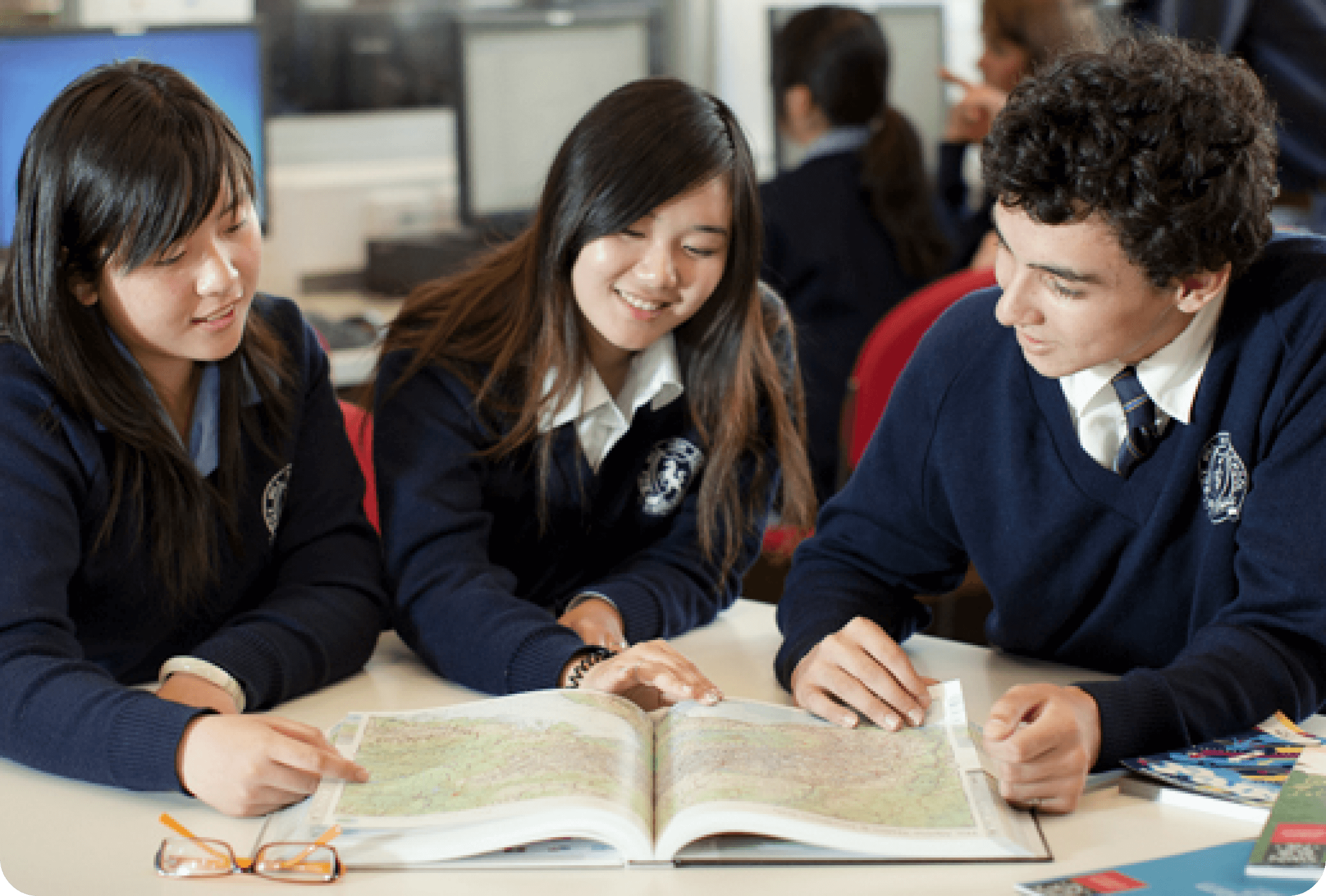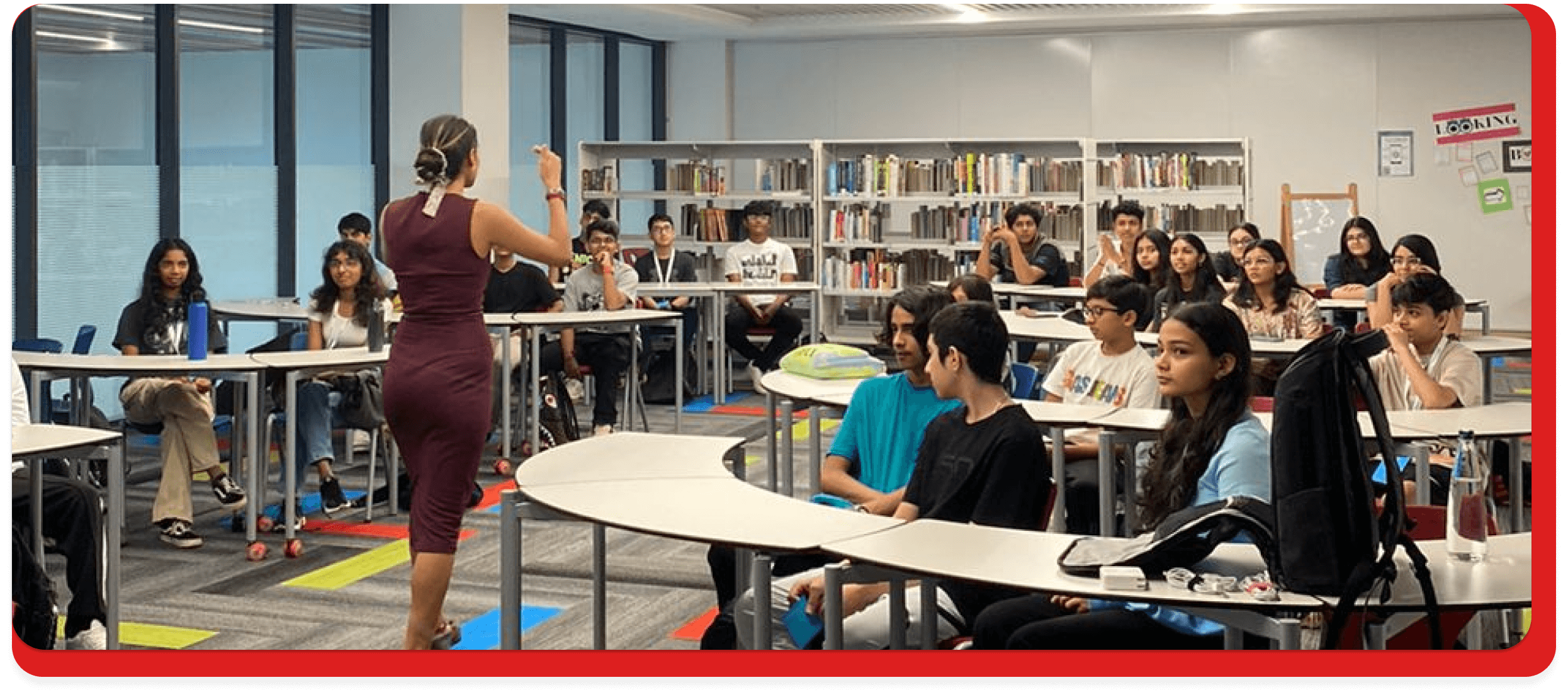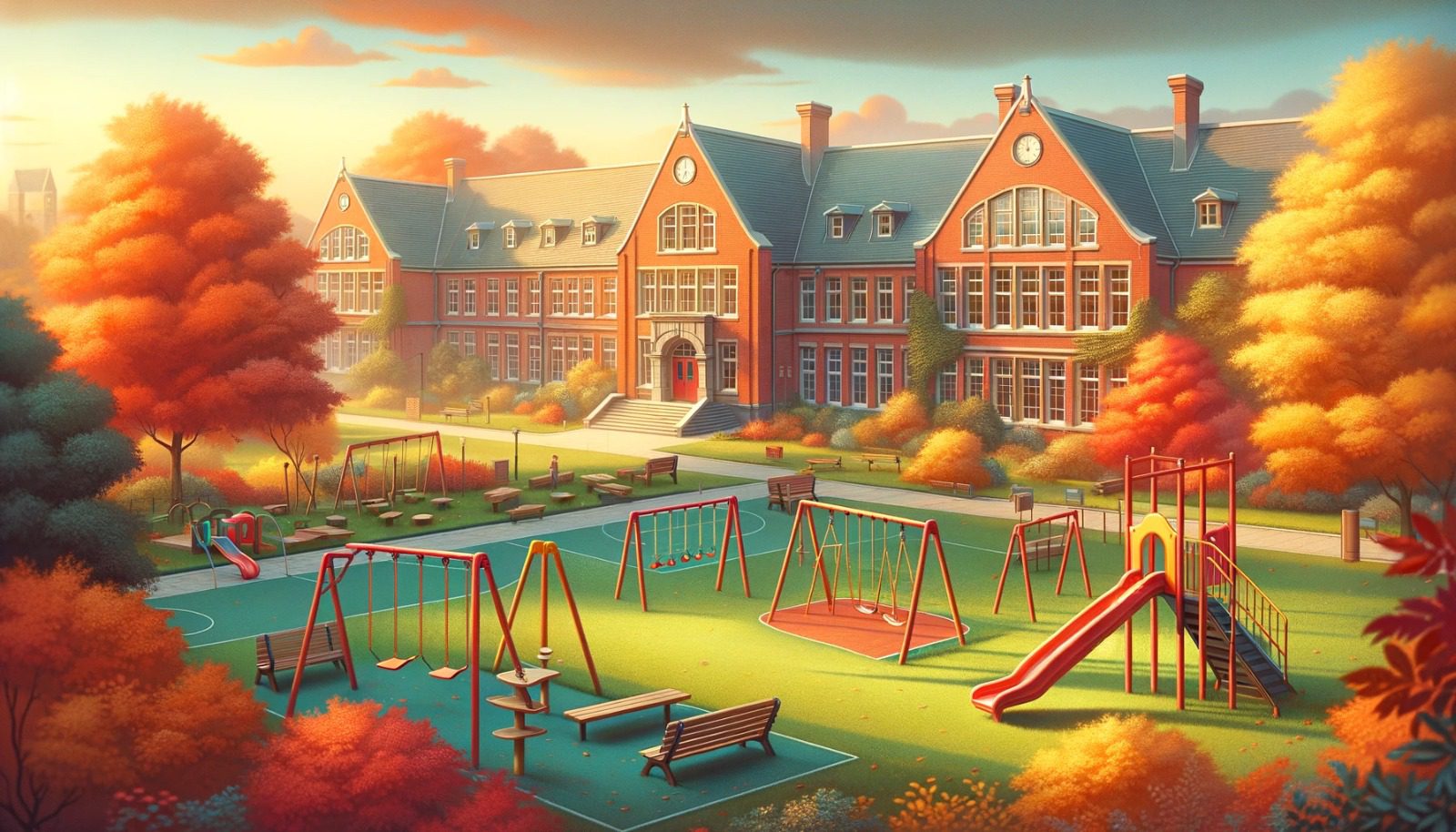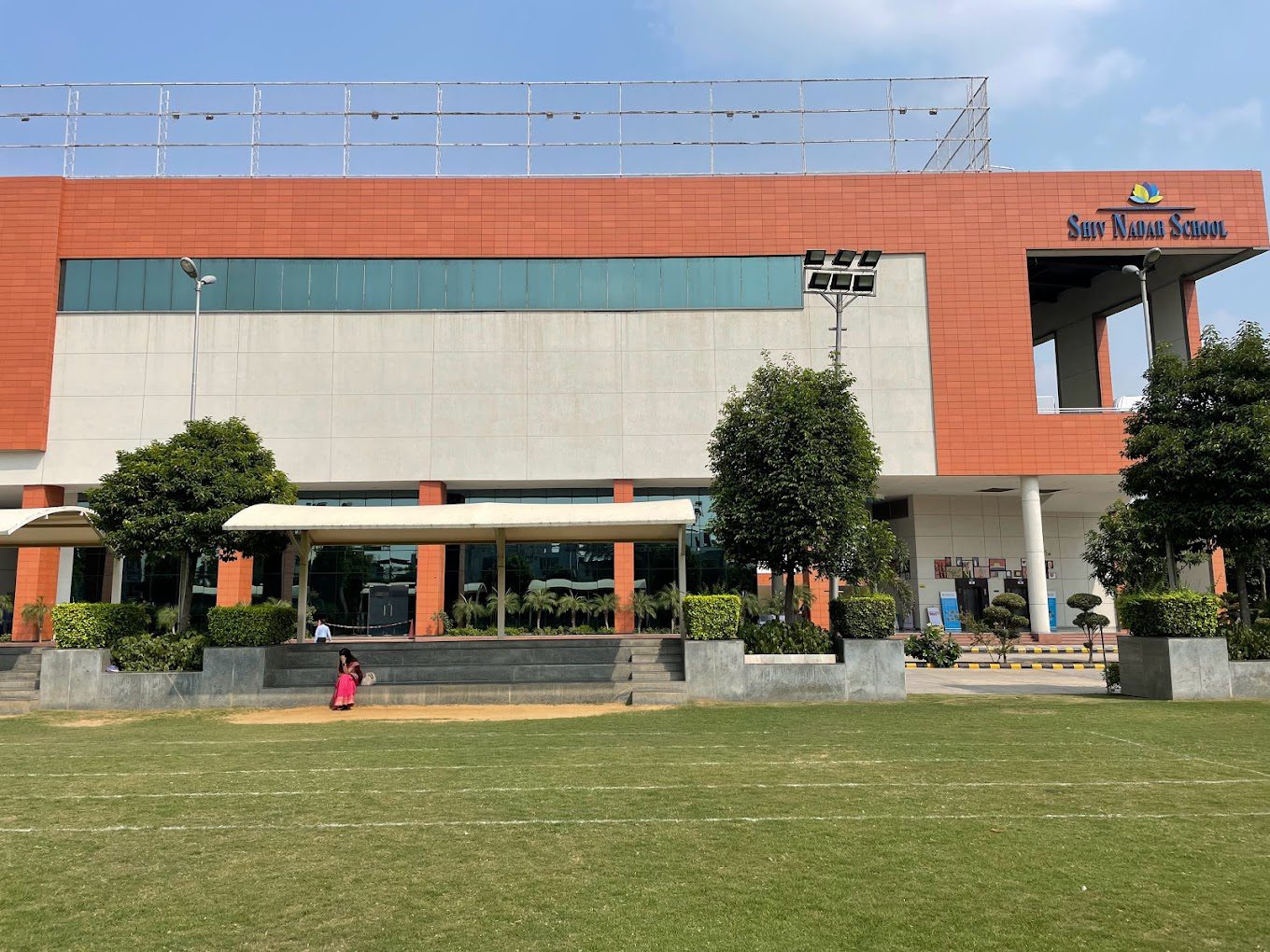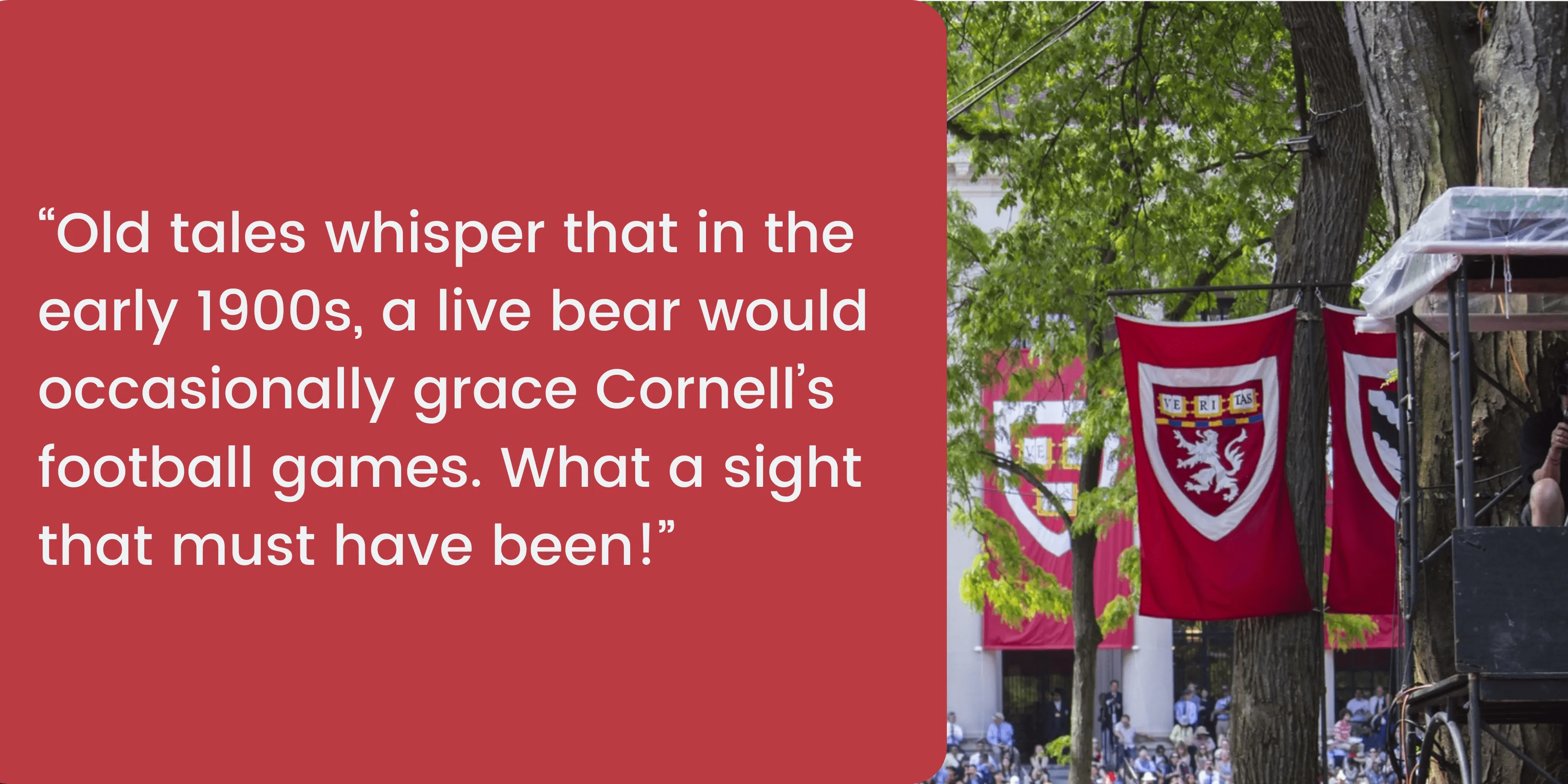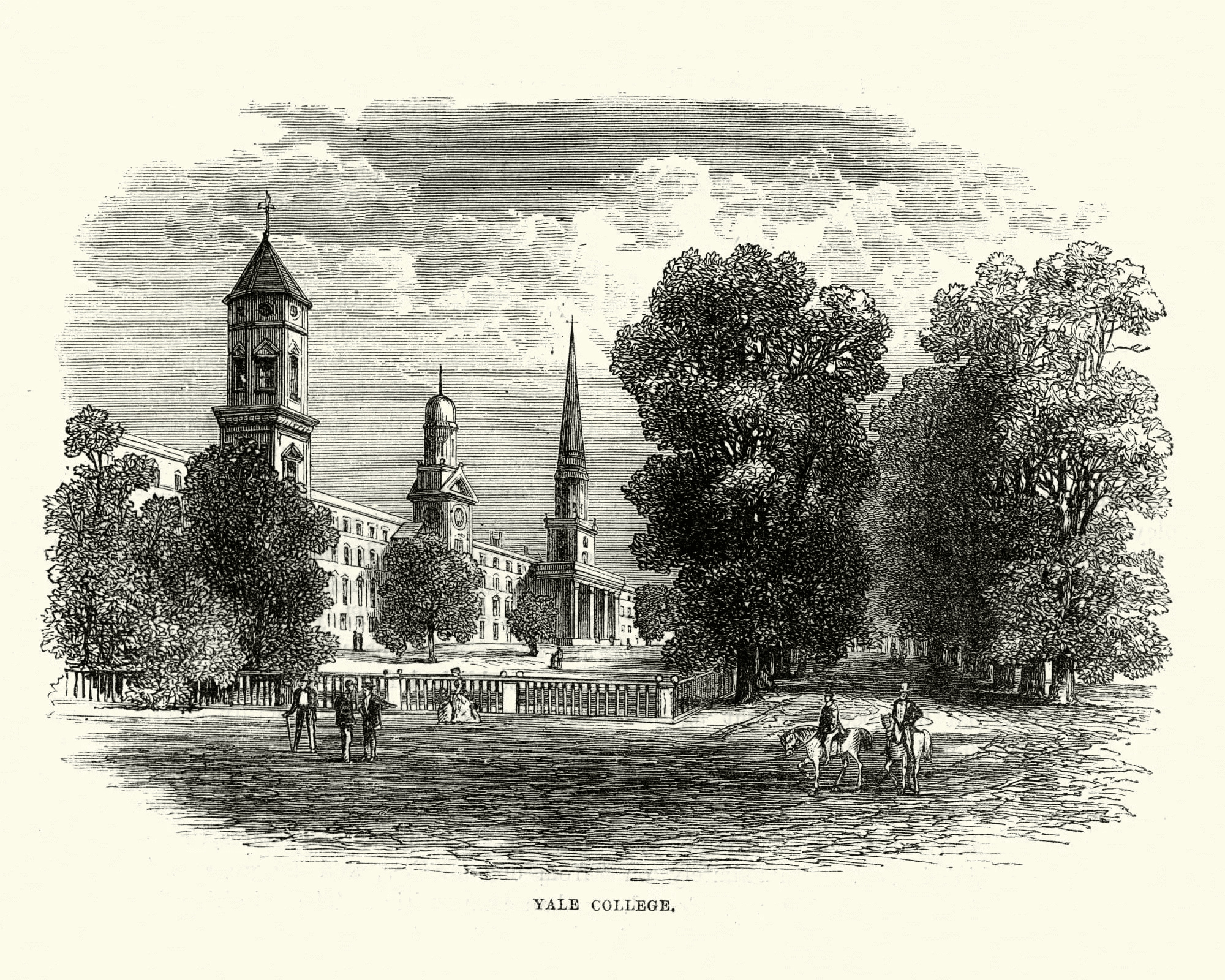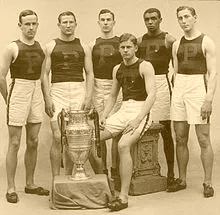blog | 3min Read
Published on February 7, 2024

Introduction
In the bustling, diverse landscape of India's education system, a quiet revolution is taking shape. It's within the classrooms where the youngest minds meet the world through the lens of the International Baccalaureate's Primary Years Programme (PYP). This feature explores how the PYP, a global education framework, is reshaping the foundational years of learning in a country deeply rooted in traditional educational practices.
Long Established
It is a long established fact that a reader will be distracted by the readable content of a page when looking at its layout. The point of using Lorem Ipsum is that....
May 20th 2020
Read more


A Global Curriculum in a Local Context
Core Components of the IB Diploma Programme
Originating from the International Baccalaureate Organization, the PYP is designed for students aged 3 to 12. It’s an avant-garde, inquiry-based approach that nurtures active, caring, lifelong learners. This pedagogy, though globally oriented, is finding a unique expression in India
Challenges and Transformations of PYP in the Indian Context
In a country where education has traditionally been synonymous with rote memorization and high-stakes testing, PYP offers a stark contrast. It emphasizes critical thinking, creativity, and a holistic view of learning. The question, however, is how smoothly can a Western-developed educational model integrate into the fabric of Indian society, with its diverse educational ethos and economic disparities?
Ground Realities and
Adaptations
Navigating Challenges in Integration
Indian schools embracing PYP face a labyrinth of challenges. These range from aligning the IB's global standards with national educational norms, to redefining the teacher's role from an information provider to a facilitator of inquiry.
Financial Barriers to Implementation
The cost factor plays a significant role. Implementing an IB curriculum can be expensive, often limiting its reach to the more affluent.
PYP's Adaptive Fusion of Global and Local
Yet, the malleability of the PYP framework allows for an intriguing blend of international and local flavors. For instance, Indian history and mythology find their way into classroom discussions alongside global issues, making learning both globally relevant and locally resonant.

The Teacher's New Role
Embracing Student-Centric Pedagogy
The Teacher's New Role in Indian classrooms undergoes a significant transformation with the adoption of the Primary Years Programme (PYP). Moving beyond traditional lecture-based methods, teachers now play a pivotal role in fostering a student-centric learning environment.
Mindset Evolution through Professional Development
The shift towards PYP not only alters teaching methodologies but also demands a change in mindset. Indian educators are actively engaging in regular professional development, workshops, and IB-certified training programs to align themselves with the evolving educational landscape.
Mindset Evolution through Professional Development

The Fruits and Frictions of Change
The impact of PYP in India is multifaceted:
1. Holistic Growth: In line with the Indian ethos of a well-rounded education, PYP emphasizes emotional, physical, and social development, alongside intellectual growth.
2. Inquiry-Based Approach: This method ignites curiosity and fosters a lifelong love for learning, a critical need in a country as vast and varied as India.
3. Global Citizens with Local Roots: PYP nurtures global awareness without losing sight of the students' cultural and national identities.
However, the journey is not without its bumps.
The perception of the IB as a 'Western' concept can sometimes lead to resistance. Additionally, the elitist tag associated with IB schools due to their higher fee structure is a hurdle in making PYP accessible to a broader segment of Indian society.
Looking Ahead
PYP Expansion in India
The trajectory of PYP in India is one to watch. With each passing year, more schools are adopting this program, acknowledging the need for education systems that equip students for a global futur
Shifting Educational Paradigms
This trend signals a gradual but definitive shift in the Indian educational ethos – from rote learning to a more dynamic, inquiry-based learning culture.This trend signals a gradual but definitive shift in the Indian educational ethos – from rote learning to a more dynamic, inquiry-based learning culture.

Conclusion
The Primary Years Programme is carving a niche in India's educational landscape, bringing a holistic, inquiry-based learning approach to the fore.
Its alignment with India's evolving educational needs, coupled with its global perspective, makes it a compelling choice for the future of primary education in the country.
As India continues to grapple with educational reforms, PYP stands as a beacon of progressive learning, promising to nurture a generation of inquisitive, informed, and globally aware citizens.





